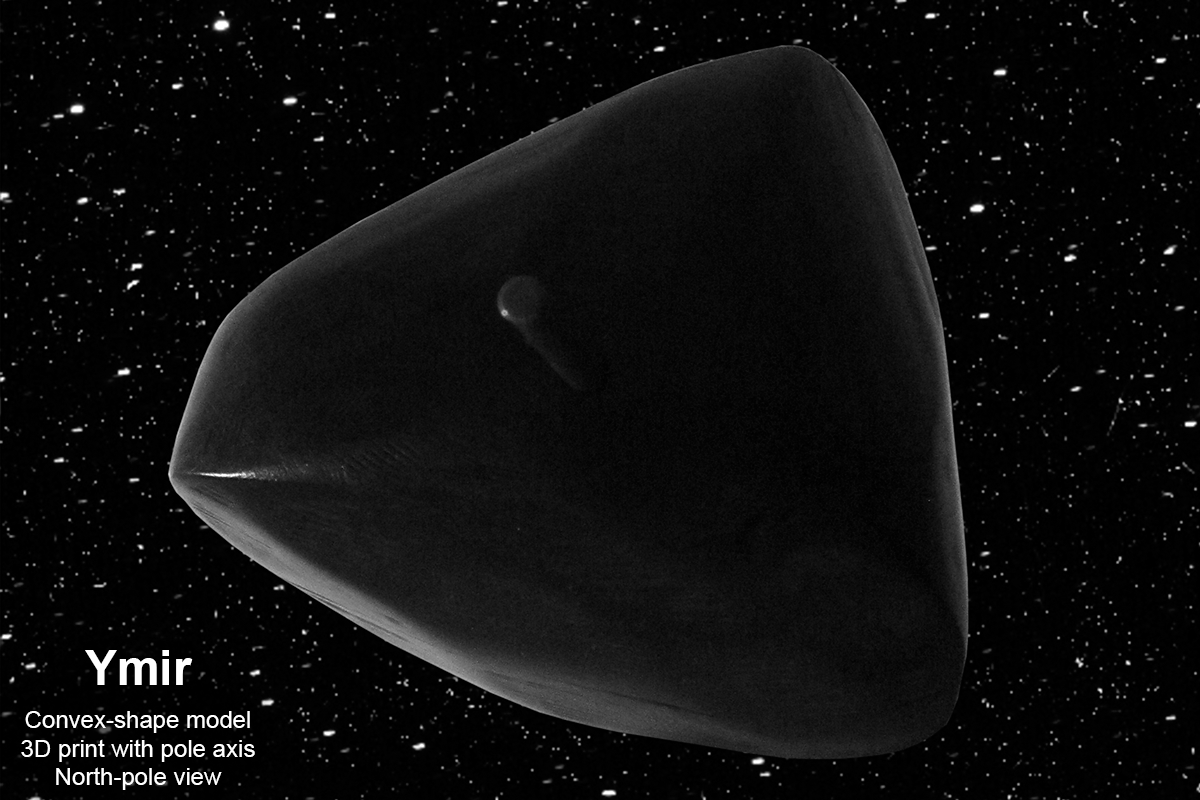Omega Centauri

Navigation
Install the app
How to install the app on iOS
Follow along with the video below to see how to install our site as a web app on your home screen.
Note: This feature may not be available in some browsers.
More options
You are using an out of date browser. It may not display this or other websites correctly.
You should upgrade or use an alternative browser.
You should upgrade or use an alternative browser.
Universe A-Z
- Thread starter Dalia
- Start date
- Thread starter
- #282
Quasar

- Thread starter
- #284
- Rigel is a variable star, thus it is occasionally outshone by Betelgeuse.
- Contrasting with the orange-red Betelgeuse, Rigel appears as blue-white to the naked eye.
- Rigel is also a multiple star system – composed of at least four stars.
- Rigel is a massive blue supergiant with a luminosity of around 61.500 up to 363.000 that of the Sun.
- The blue star is estimated to be around 860 light-years away.
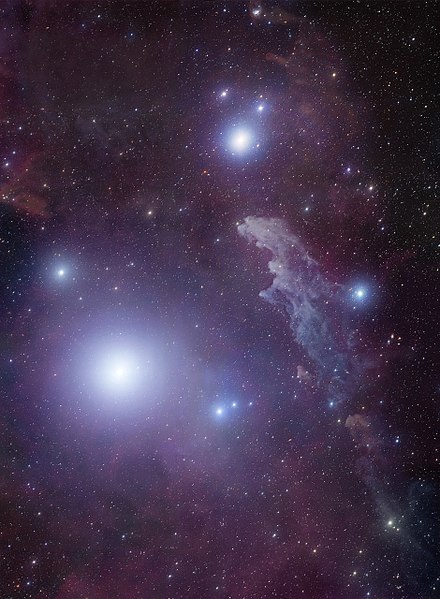
Space-Time Continuum

 www.wonderopolis.org
www.wonderopolis.org

What Is the Space-Time Continuum?
We hope you have the time to join us in Wonderopolis today. We’ll save you some space!
Ulysses (spacecraft sent to investigate things relating to the Sun)

QuickHitCurepon
Diamond Member
Vacuum Decay
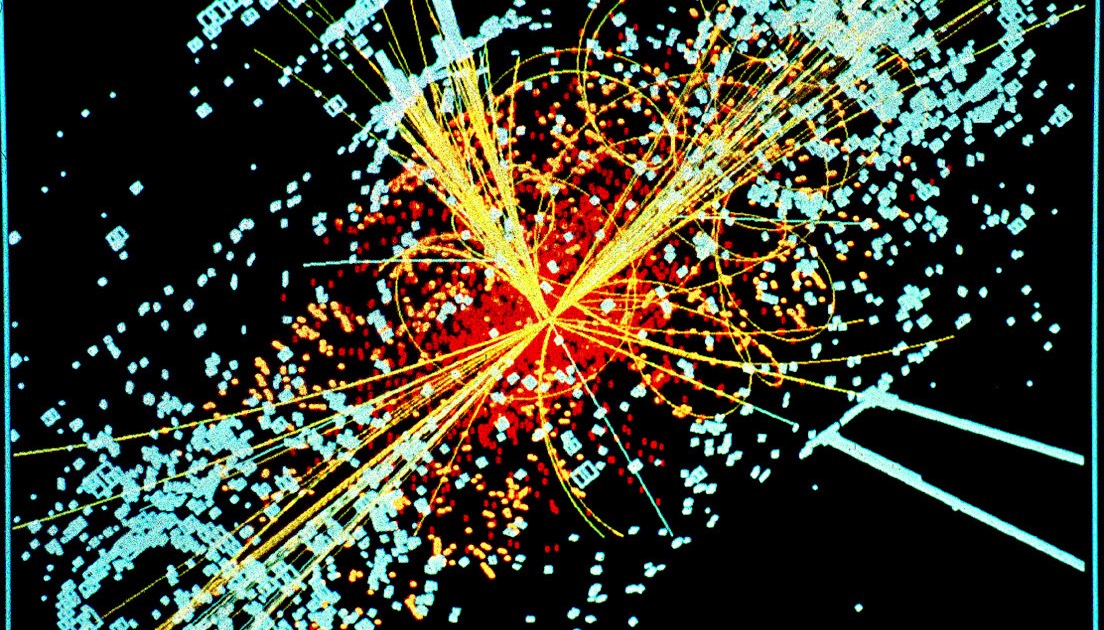
 bigthink.com
bigthink.com

How 'vacuum decay' could end the universe
It's possible that the Higgs boson is connected to a bizarre doomsday scenario for the universe.
Whirlpool Galaxy


- Thread starter
- #290
XTE J1118+480 is a low-mass X-ray binary in the constellation Ursa Major. It is a soft X-ray transient that most likely contains a black hole and is probably a microquasar.

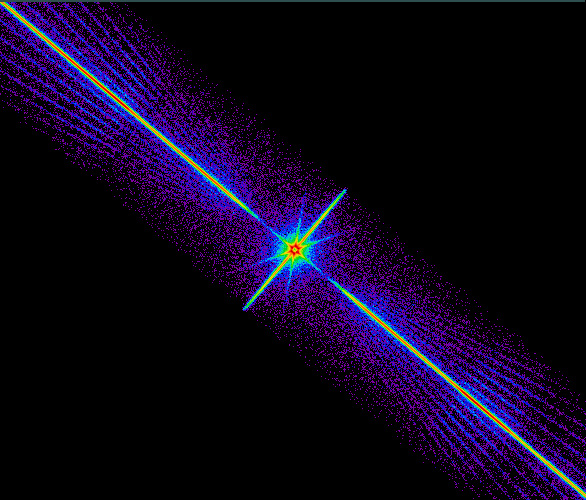
 en.wikipedia.org
en.wikipedia.org

XTE J1118+480 - Wikipedia
QuickHitCurepon
Diamond Member
- Thread starter
- #293
APM 08279+5255 is a very distant, broad absorption line quasar located in the constellation Lynx. It is magnified and split into multiple images by the gravitational lensing effect of a foreground galaxy through which its light passes. It appears to be a giant elliptical galaxy with a supermassive black hole and associated accretion disk. It possesses large regions of hot dust and molecular gas, as well as regions with starburst activity.


 en.wikipedia.org
en.wikipedia.org

APM 08279+5255 - Wikipedia
Beta Centauri

Beta Centauri is a triple star system in the southern constellation of Centaurus.
Beta Centauri is a triple star system in the southern constellation of Centaurus.
- Thread starter
- #295
Cygnus X-1 (abbreviated Cyg X-1)[11] is a galactic X-ray source in the constellation Cygnus and was the first such source widely accepted to be a black hole.

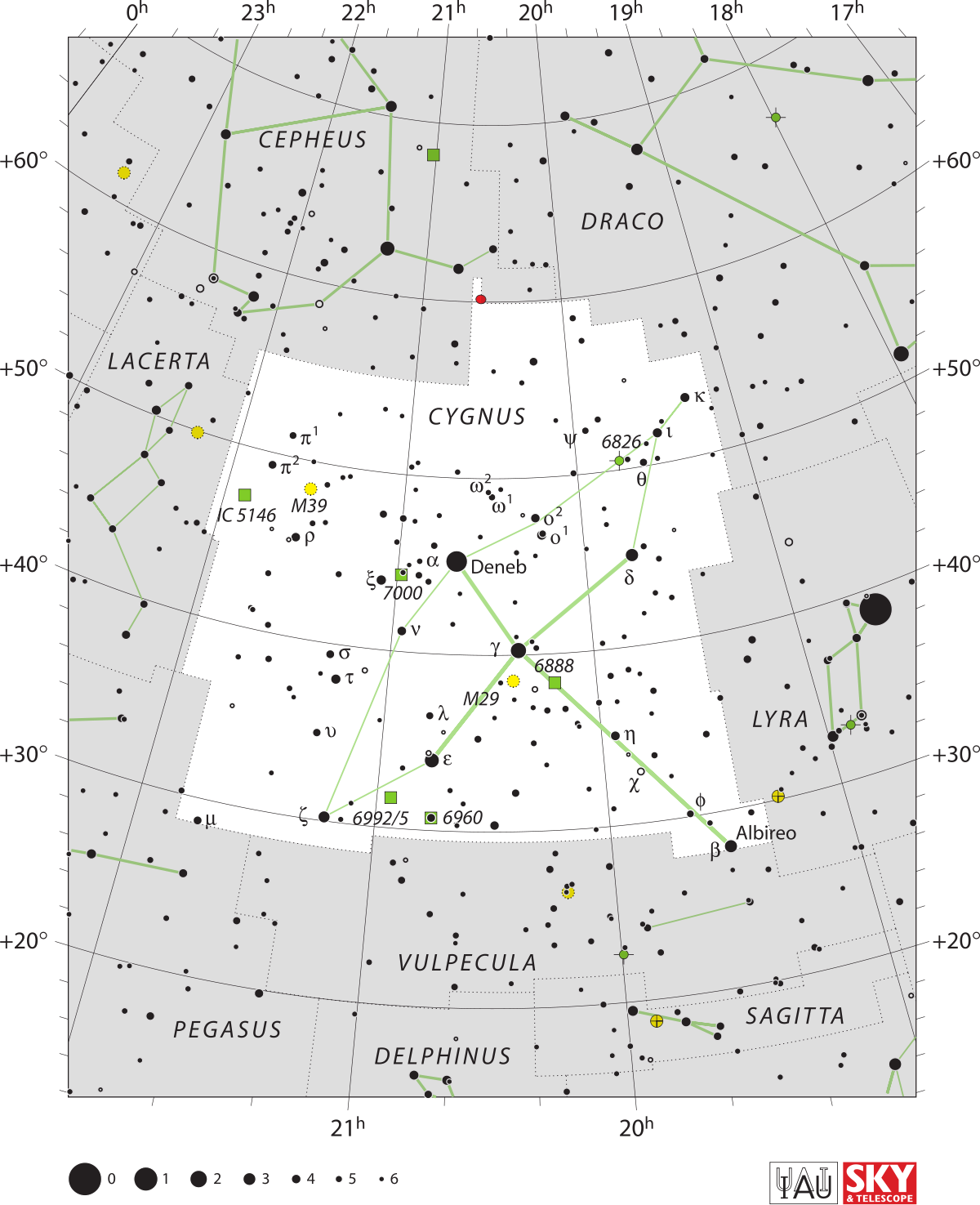
 en.wikipedia.org
en.wikipedia.org

Cygnus X-1 - Wikipedia
Dwarf Galaxy

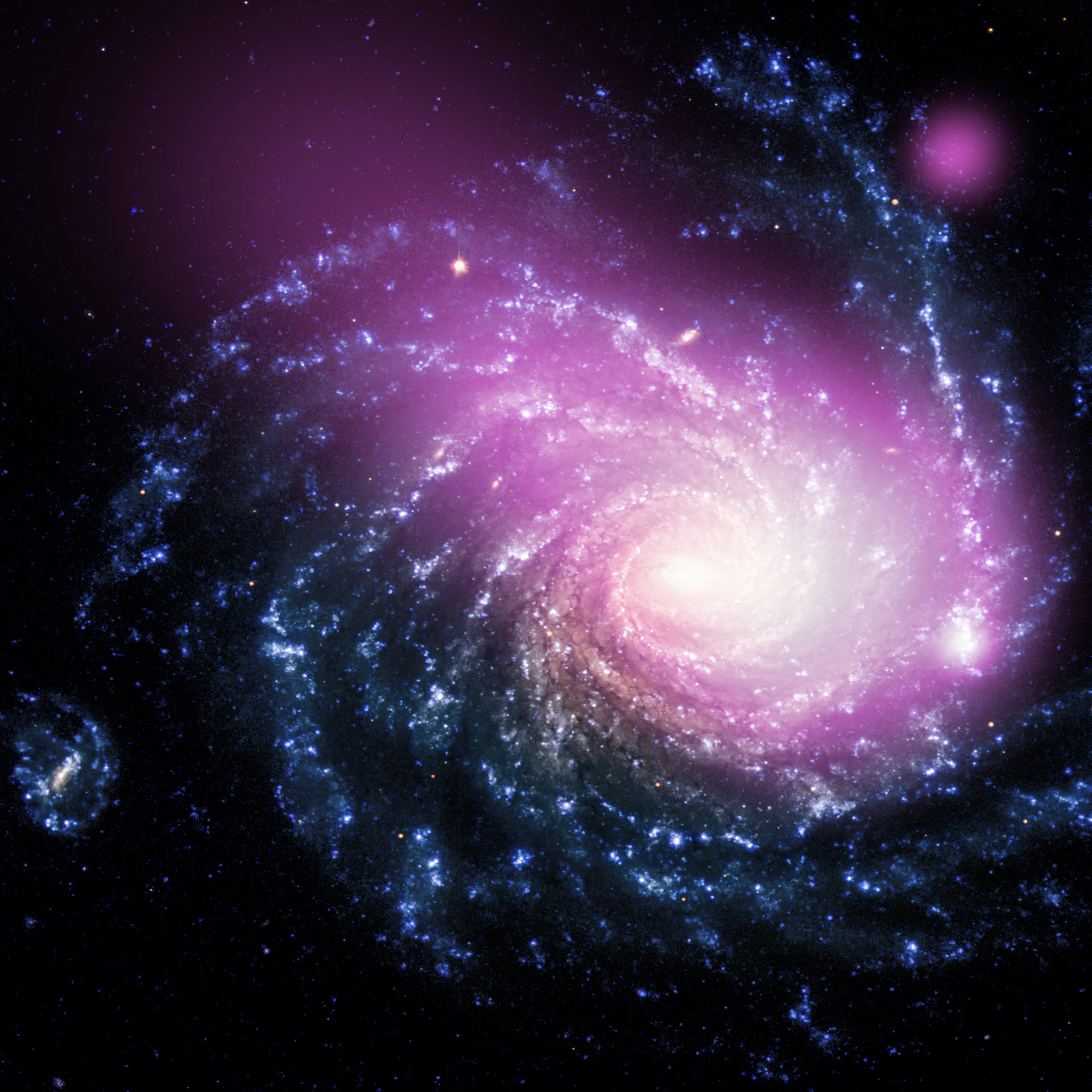


Chandra Discovers Dwarf Galaxy Colliding Into NGC 1232
A new study reveals that a giant cloud of superheated gas, which is about 6 million degrees, is likely the result of a collision between a dwarf galaxy and a much larger galaxy called NGC 1232. Observations with NASA's Chandra X-ray Observatory have revealed a massive cloud of multimillion-degree
scitechdaily.com
- Thread starter
- #297
Eros , The asteroids converging with the Earth are a group of small celestial bodies whose orbit has a chance in future to cross with our planet.

 earth-chronicles.com
earth-chronicles.com
On the asteroid Eros discovered an alien station | Earth Chronicles News
In the image of the asteroid Eros made by the NEAR Shoemaker spacecraft on May 1, 2000, when it was at an orbital altitude of 53 km (33 miles), it is visible, a large rectangular object, 45 meters in diameter. Considering the fact that data from the spacecraft collected on Eros in December 1998...
 earth-chronicles.com
earth-chronicles.com
QuickHitCurepon
Diamond Member
Funky
- Thread starter
- #299
Giant galaxy supercluster.

PARIS - Scientists have discovered a primitive "supercluster" of galaxies forming in the early Universe, just 2.3 billion years after the Big Bang.
The structure, nicknamed Hyperion, is the largest and most massive to be found so early in the formation of the Universe, which sprang into existence around 13.7 billion years ago.
Its titanic mass is one million billion times that of the Sun.
PARIS - Scientists have discovered a primitive "supercluster" of galaxies forming in the early Universe, just 2.3 billion years after the Big Bang.
The structure, nicknamed Hyperion, is the largest and most massive to be found so early in the formation of the Universe, which sprang into existence around 13.7 billion years ago.
Its titanic mass is one million billion times that of the Sun.
Similar threads
- Replies
- 20
- Views
- 601
- Replies
- 5
- Views
- 1K
Latest Discussions
- Replies
- 0
- Views
- 1
- Replies
- 3
- Views
- 25
- Replies
- 95
- Views
- 308
Forum List
-
-
-
-
-
Political Satire 8526
-
-
-
-
-
-
-
-
-
-
-
-
-
-
-
-
-
-
-
ObamaCare 781
-
-
-
-
-
-
-
-
-
-
-
Member Usernotes 485
-
-
-
-
-
-
-
-
-
-


